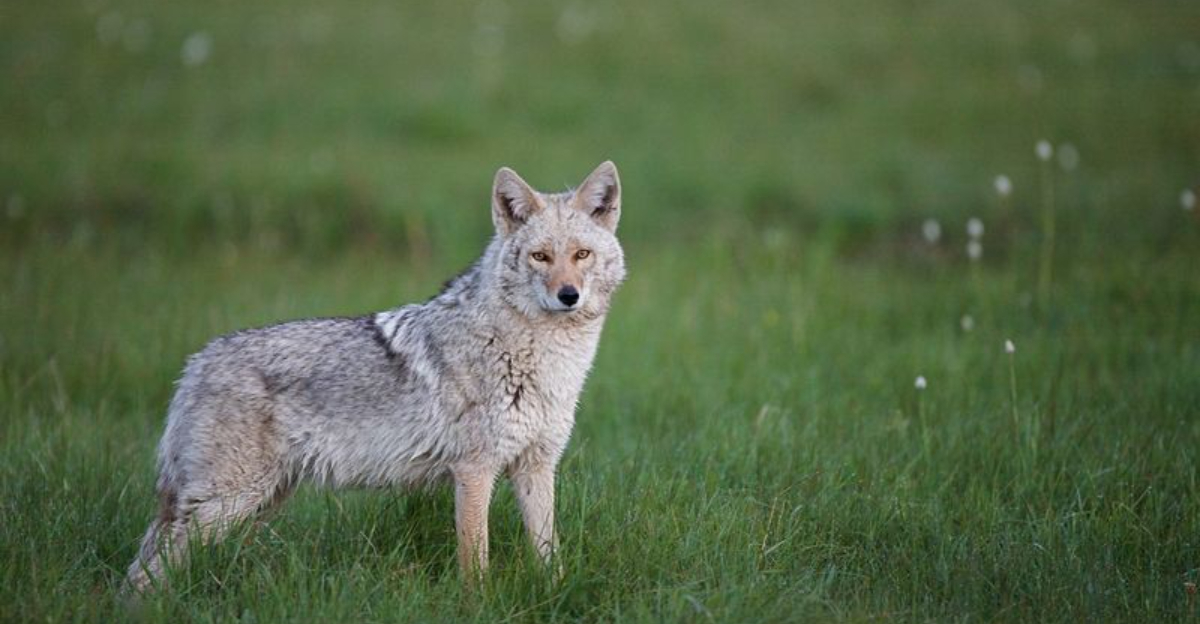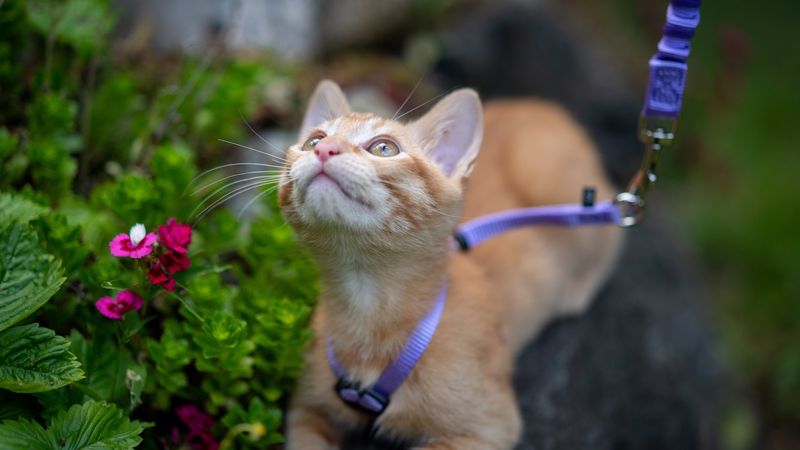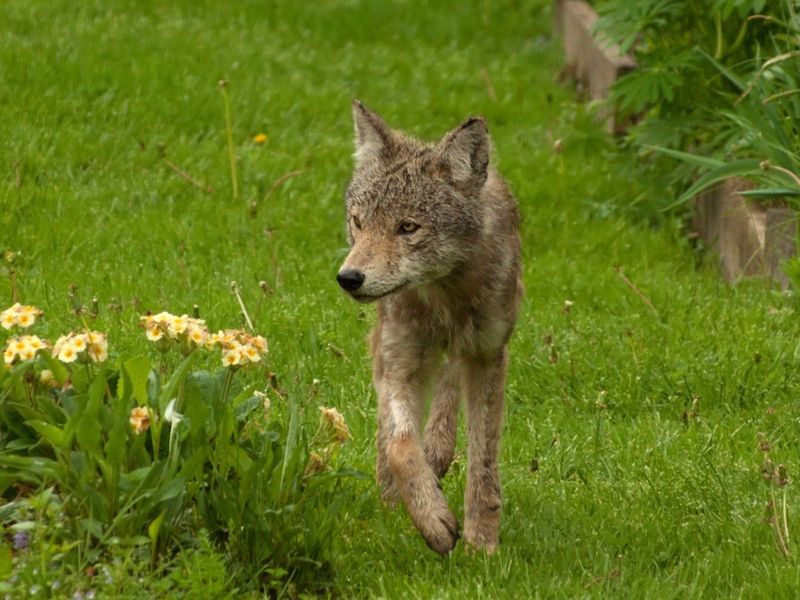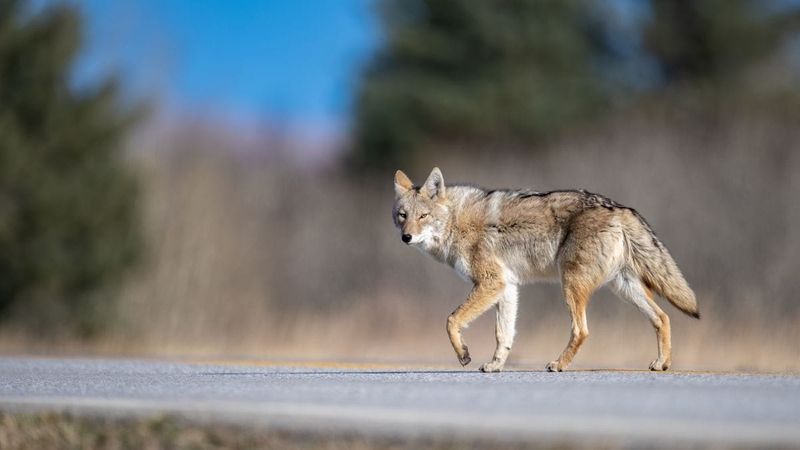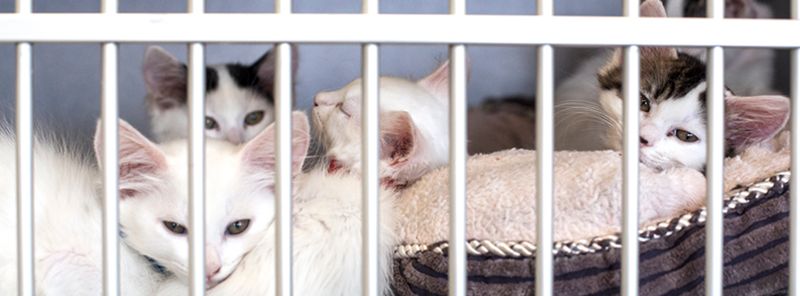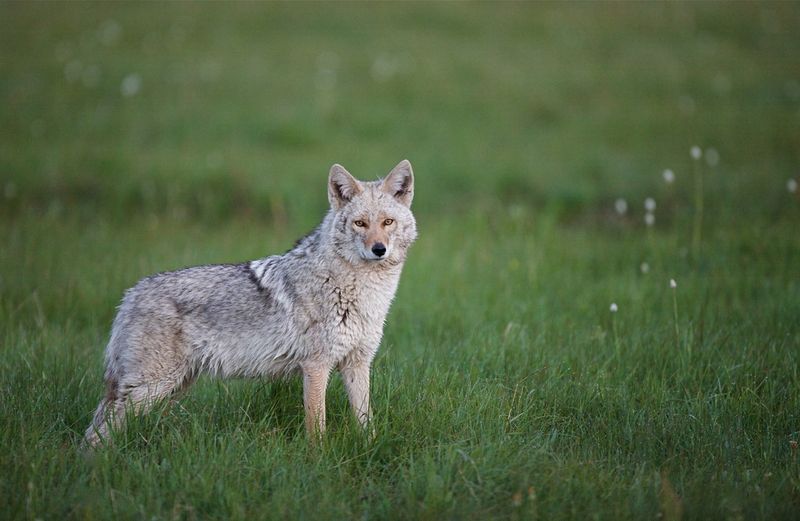📖 Table of Content:
Coyotes are becoming an increasingly common presence in suburban and even urban neighborhoods. As their habitats shrink due to human expansion, these adaptable predators are venturing closer to homes, parks, and communities in search of food. Unfortunately, outdoor cats make for easy and attractive prey, putting them in significant danger in areas where coyotes are known to roam.
While it’s natural to want to give your cat the freedom to explore the outdoors, doing so without proper precautions can lead to tragic consequences. Coyotes can scale fences, hunt in silence, and appear suddenly—often giving both pets and their owners little time to react. For those who live near wooded areas, open fields, or other potential coyote habitats, proactive safety steps are not just recommended—they’re essential.
Thankfully, there are effective ways to protect your feline friend while still allowing them to enjoy a fulfilling life. From modifying the home environment to changing daily routines, these strategies are designed to reduce risk and keep your pet safe. Below are nine practical, actionable steps every cat owner should know to minimize the threat posed by coyotes.
1. Keep Your Cat Indoors
Keeping your cat inside is the most reliable way to shield them from coyote encounters. Coyotes are persistent hunters, and even a moment of unsupervised outdoor time can be enough for a fatal encounter. Indoor cats live longer, healthier lives overall, avoiding not only predators but also traffic, disease, and parasites. Although your cat may resist at first, you can ease the transition with stimulating toys, scratching posts, and window perches. Cats are creatures of habit and will adjust to indoor routines over time with consistency and patience. Remember, the instinct to roam is natural, but their safety should come first. Once they adapt, many indoor cats become just as content exploring a sunbeam on the floor as they would be roaming outside.
2. Supervised Outdoor Time
Rather than allowing your cat to free-roam, consider safe and structured outdoor options like harness walks or catios. A leash and harness combo can be a fantastic way to let your cat explore the outside world while under your direct control. Supervision means you can react immediately to any potential threats and ensure your cat stays in a safe space. Catios, or enclosed patios for cats, offer the thrill of the outdoors without the danger, allowing for fresh air and sensory enrichment. These structures come in all sizes, from window boxes to large multi-level enclosures attached to the home. Over time, cats can learn to associate specific outdoor routines with safety and comfort. Creating these boundaries teaches your pet to enjoy the outdoors without unnecessary risks.
3. Secure Your Yard
Improving your yard’s defenses can significantly reduce the chances of a coyote intrusion. Fences should be at least six feet tall, and adding coyote rollers—a spinning rod at the top—can stop them from climbing over. Clear out dense shrubs, woodpiles, and tall grass where coyotes could hide while stalking prey. Installing gravel or motion lights near entry points may also create discomfort for any curious wildlife. Coyotes are intelligent but prefer paths of least resistance, and a fortified yard often convinces them to go elsewhere. Keep an eye out for holes, gaps, or other weak spots in fencing that could allow entry. While no barrier is perfect, combining these tactics builds a solid deterrent that increases your cat’s safety outdoors.
4. Eliminate Food Sources
Reducing attractants is one of the most straightforward ways to keep coyotes away from your home. Food left outdoors—even something as small as a leftover kibble—can signal an easy meal to a hungry predator. Trash cans should be tightly sealed and ideally stored in a garage or bin cage to prevent tampering. Birdseed, fallen fruit, and even compost can unintentionally lure in smaller prey animals, which in turn attract coyotes. Remove pet bowls after feedings and avoid feeding wildlife altogether. Routine cleaning of outdoor spaces can help reduce scent trails that draw predators. Making your property unappealing from a food standpoint discourages regular visits by opportunistic coyotes.
5. Motion-Activated Lights or Sprinklers
Disruptive deterrents can be highly effective in deterring coyotes from approaching your yard. Motion-activated lights startle predators and illuminate areas that might otherwise provide cover. Similarly, motion-triggered sprinklers deliver an unexpected spray of water, which most coyotes find unpleasant. These devices work best when strategically placed near known pathways or entry points around your home. By creating an unpredictable and uncomfortable environment, you reduce the likelihood that a coyote will feel confident venturing into your space. It’s worth investing in quality devices with sensitivity settings to avoid constant triggering from harmless activity. This method offers a non-lethal and humane way to protect both pets and wildlife.
6. Use Coyote Deterrents
Repellents and scare devices can enhance your efforts, especially when used alongside other precautions. Products like wolf or coyote urine mimic the presence of larger predators, signaling danger to any trespassing coyote. Sound-based deterrents or reflective objects can also confuse and frighten them away, reducing repeat visits. Rotate deterrents regularly to prevent habituation, as coyotes can learn quickly when a threat is fake. Radios left playing talk shows or music overnight may make the area seem occupied, adding another layer of protection. Homemade repellents using vinegar or hot pepper can be sprayed around the perimeter to irritate and discourage entry. Combining scent, sound, and surprise tactics builds an environment that’s unwelcoming to intruders.
7. Spay or Neuter Your Pets
Sterilizing your cat isn’t just about population control—it plays a role in predator safety too. Intact males are more likely to roam, increasing their exposure to coyotes and other threats. Females in heat can attract wild animals from considerable distances due to the strong pheromones they emit. Reduced territorial behavior and less vocalization are additional benefits of spaying and neutering. By minimizing your cat’s desire to wander, you lower the chances of them crossing paths with a coyote. Communities with high sterilization rates often see a decline in predator-attracting behaviors. Ultimately, this simple procedure can save lives while contributing to responsible pet ownership.
8. Stay Vigilant in Coyote-Prone Areas
Awareness of your environment is key when you live in or near coyote territory. Watch for warning signs such as tracks, scat, or reported sightings from neighbors. Coyotes are stealthy, and understanding their activity patterns helps you make informed decisions about your cat’s schedule. Keep pets indoors during peak hours of coyote movement—typically early morning and late evening. When walking your cat or dog, avoid secluded trails and always bring a flashlight at dusk. Encourage family members to report any unusual animal behavior promptly. Staying alert and informed allows you to act quickly in response to potential threats.
9. Educate Your Neighbors
Working together with your community can significantly amplify the effectiveness of your safety measures. Coyotes that find one yard unwelcoming may simply move to the next if everyone isn’t on the same page. Share information about sightings, deterrent methods, and local wildlife management practices. Encourage your neighbors to keep their trash secure, supervise pets, and remove attractants. A coordinated approach reduces the risk not only for your cat but for the entire neighborhood’s pets. You might even consider starting a local watch group or using social media to share updates. Education and cooperation create a broader zone of safety and awareness.
